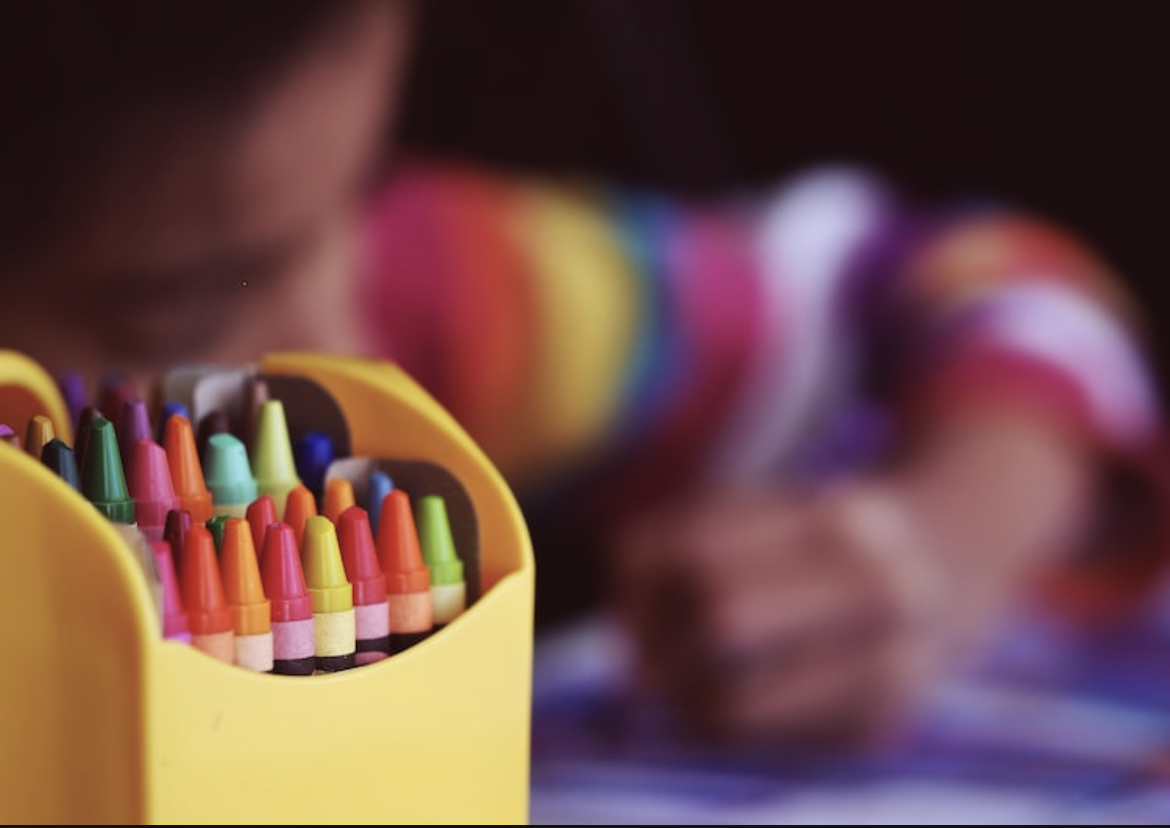Promoting Fine Motor Skills in the Classroom

Promoting fine motor skills in the classroom. Fine motor skills are major developmental areas for kids two years and younger. Many activities can increase muscle strength and coordination, which prepares for more advanced skills as a child grows older. Daycare providers should promote and present children with many opportunities throughout the day to practice these skills, things as simple as scribbling, drawing, or printing their names help with hand and eye coordination. Help children grow fine motor skills at daycare by offering different activities and projects like these below:
Toys and Games
- Many toys are a significant help with mastering and developing fine motor skills, including ones for infants and toddlers.
- The best toys for fine motor skill development are age-appropriate, safe, and have various features to help them learn to pinch, pull, twist, and much more.
- Since young children and babies like to put things in their mouths, be sure the toy has some edges and no small parts due to choking hazards.
Drawing, Scribbling, and Coloring
- Drawing and coloring with young children can help them control the small muscles in their hands as they grow
- Does not have to be perfect, scribbling can be just as fine and just as helpful.
- Provides sensory enjoyment, independent play, and physical movement.
- Supports muscle and hand-eye coordination as well.
Crafts
- Paper-cutting activities build skills and help with muscle control.
- Younger children can start off small and slowly progress to more complex projects
- For older kids try origami, fun paper folding art, or making paper snowflakes.
- Other fun crafts to try are fingerpainting, beading, and making different figures out of clay.
Problems with Fine Motor Skills
- There are many warning signs that a child may have issues with development and fine motor skills.
- Dropping things frequently.
- Difficulty holding and gripping onto things.
- Trouble writing and coloring.
- Difficulty holding and using scissors.
Most of the development of fine motor skills will occur naturally as they learn and play, but you can also help with aiding the process, by being active in the classroom or with the child’s parent or guardian. As teachers we need to promote fine motor skills in the classroom. Additionally, we need to encourage parents by promoting fine motor skills in the home. Make sure a child has an adequate amount of playtime every day and part of that time can be dedicated to small arts and crafts projects in the classroom. You do not need fancy gadgets; the simplest projects are usually the most effective.
This blog was written by Whitney Fisher. She has been working in the healthcare field for 13 years working with clients who need assistance in their everyday living. I have always been interested in helping others, and dream of one day opening a 24-hour daycare for children with special needs. I have a son who is 5 years old and he is my only child. My family owns multiple adult living homes. I can say that is where my interest in helping others started. She is currently a student with CDAClass.org where she hopes to obtain her Child Development Associate (CDA).
If you like this blog, share it with your friends! If you have any thoughts or comments get in touch with us we’d love to hear from you! Also, if you too would like to write a blog for us please contact us.
My name is
